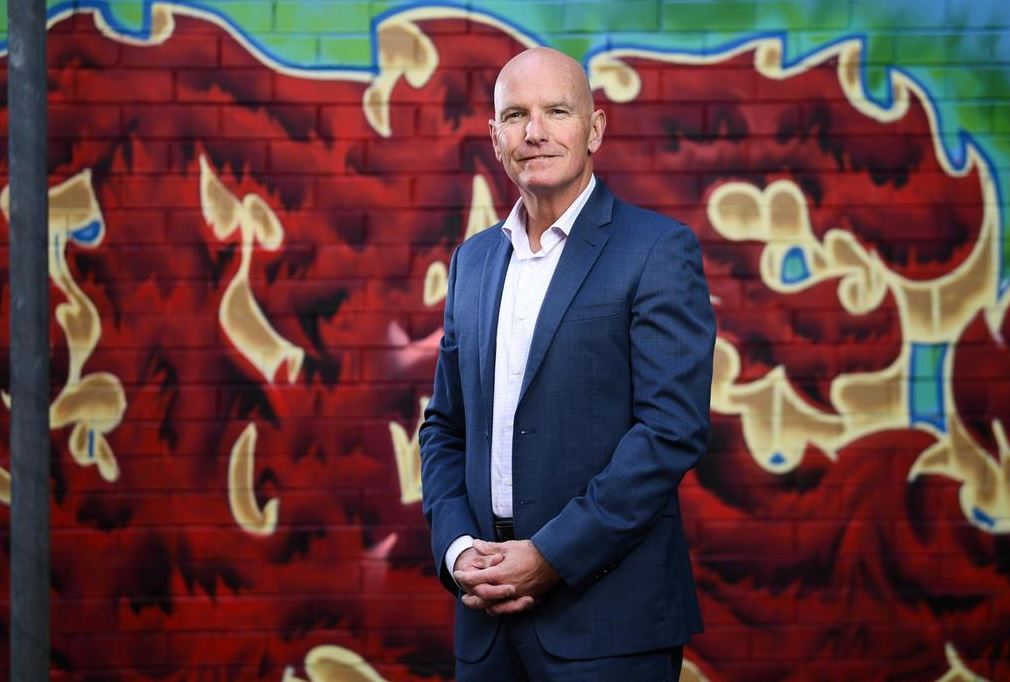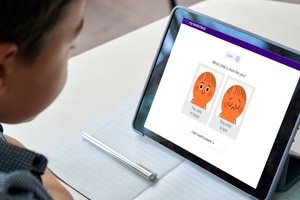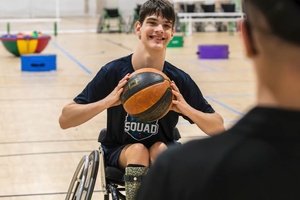It’s a simple verbal cue to capture the attention of a class – and just one of many powerful scripts, routines and procedures that set teachers up for success in calm and orderly classrooms when used consistently.
So says Dr Tim McDonald, an author and expert in behaviour management, who knows well the power of teaching good behaviour explicitly from K-12.
Formerly the executive director of Catholic Education WA, McDonald believes behaviour ought to be taught as a curriculum in its own right.
“[It’s about] developing scripts and helping teachers understand the power of routines, and the power of procedures and rules in teaching, because the underlying assumption is often that the students know how to behave…” he tells EducationHQ.
This couldn’t be further from the truth, the expert says.
“Students will come to school with different abilities to behave, different skills to behave. So, we can actually teach them the skills leading to habits of good behaviour so that they can learn.
“Anything to do with classroom management is about learning, anything to do with behaviour [is about] maximising the learning opportunities for these young people.”
After various stints working in the prison system with vulnerable young people, and later in a referral unit for troubled and challenging students in the UK, McDonald developed a keen interest in identifying those environments in which disengaged children could come to excel in mainstream schools.
But a return to an Australian university as an academic unmasked some glaring revelations.
“I suppose I was shocked; I came from this pupil referral unit, dealing with very challenging young people, and went to university and all they were dealing with was theory.
“There was no practical work whatsoever … we were talking about [a whole lot of stuff] that I just knew wasn't going to prepare these young people (for the classroom).”
Compelled to take action, McDonald wrote Classroom Management: engaging students in learning, a book that unpacks the Positive Learning Framework and empowers teachers to apply positive – not punitive – strategies to build belonging, responsibility and kindness in their students.
Typically punitive strategies used by schools which draw upon reprimands, suspensions and expulsions to stamp out bad behaviour are less effective from all angles, McDonald flags.
“All of us, as humans, want to know that we’re valued, that we’re worth something, that we have talent, and we can achieve things.
“Teachers are the significant person (here) … no one really likes punishment. Punishment works for students who behave most of the time, but for really challenging behaviour in young people, what can a school do that life or family has not already done in relation to being in pain?”
Educators can absolutely flip this in their instruction, McDonald says.
“It’s about affirmation of effort. It’s always using politeness at the end of any instruction that we give: we always thank the students when we get the desired behaviour.
“It’s just about modelling really good citizenship, so when they get into the community they know how to interact with others.
“It’s about character development. It’s about social responsibility. And it’s about empowering them to be independent in the community once they leave school.”
Routines are particularly critical if we want classrooms to be safe and predictable spaces where learning can flow without disruption, the expert say.
“So, for example, we teach the routine of entry into the class. If your school does lining up, the students need to know how to line up, how to enter the class – to stand or sit at their desk – and we greet each other as good civil citizens. And then we can start the lesson.
“There’s no pushing, no shoving, no bullying, etc. It’s a safe environment.”
Practice these routines over and over again, McDonald advises.
Using the same verbal cue to kick off each lesson can also work well, he adds.
“It might be ‘tick, tick’, and the kids say ‘boom’.
“You try and not get into, ‘can you please be quiet? … and say it three or four times, because the students will know that when Mr McDonald gets angry he starts shouting, then you know he’s serious.
“The first five times that he says, ‘be quiet’, we don’t do anything.”
Teachers should explain the rationale behind such measures, he notes.
“We need to say that, ‘I need to maximise learning time in here, I want to make it as interesting as possible and to do that we’re going to use this cue to start’.
“And (then) you practice it [on repeat].”
For neurodiverse students, predictability is “really important”, as is knowing that the teacher is in control and leading the behaviour standards, McDonald suggests.
Explicitly teaching the different types of voice students can use in the classroom is another strategy that sets a clear expectation around behaviour.
“So when the teacher says, ‘I want you to work by yourself’, what’s the voice? The voice is a silent voice – can you practice that? Can you show your ‘partner voices’ when you're working with your partner and talking? … Then there's a ‘group voice’ and a ‘class voice’.
“[These practices] make the learning environment very calm. The students like it, because it’s predictable and they know what’s happening.
“And the teachers love it, because they get extra teaching time.”
In his work helping schools to implement Classroom Mastery, McDonald says consistency – both at the individual and whole-school level – is the thing that lets educators down the most in the behaviour management stakes.
If you have an entry routine and students fail to put it into practice, do not move on, the expert says.
“Don’t let those behaviours slide because they will just grow.”
It’s the job of school leaders to ensure consistency in the rules and expectations across all classrooms, he points out.
Of course, the stakes are high, McDonald says.
“What we know is that a young person [can] be disadvantaged, [can] be denied learning, because they don’t have the skills or the abilities to behave.
“We need to teach them from a very early age, so that we can lessen the disadvantage gap.
“Those that know how to sit and behave and listen will actually learn and continue to learn, those that don’t, won’t learn and they’ll keep falling behind.
“We need to lessen that gap and make our classrooms equal opportunity classrooms for all students.”
EducationHQ recently spoke with Manisha Gazula, principal of Marsden Road Public School in Sydney, whose carefully sequenced civics and citizenship program draws on the science of learning to transform students’ behaviour from day one on campus.















